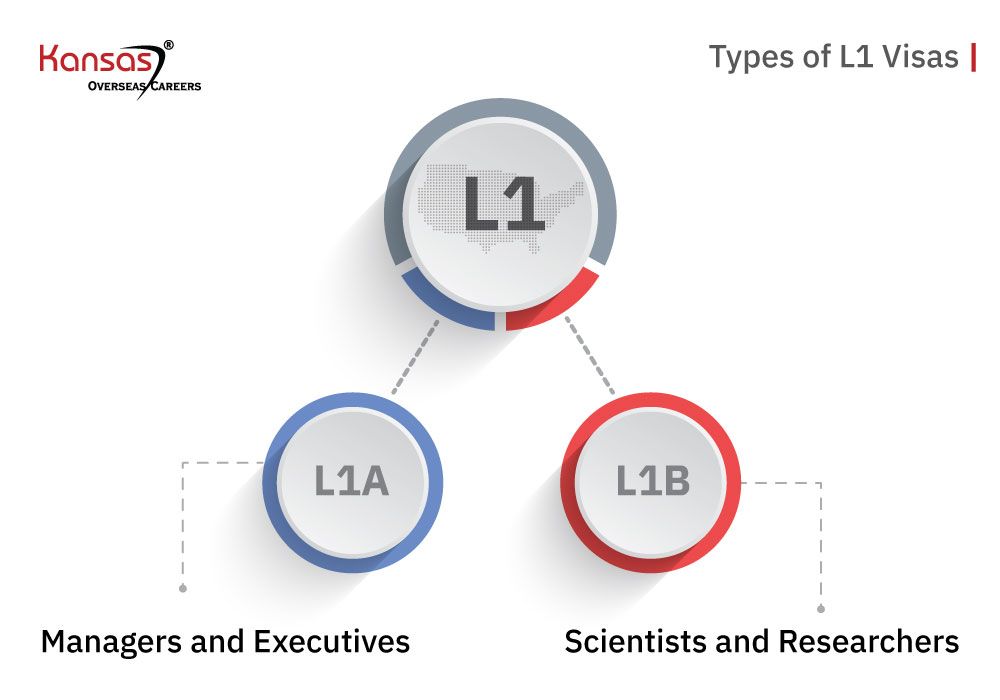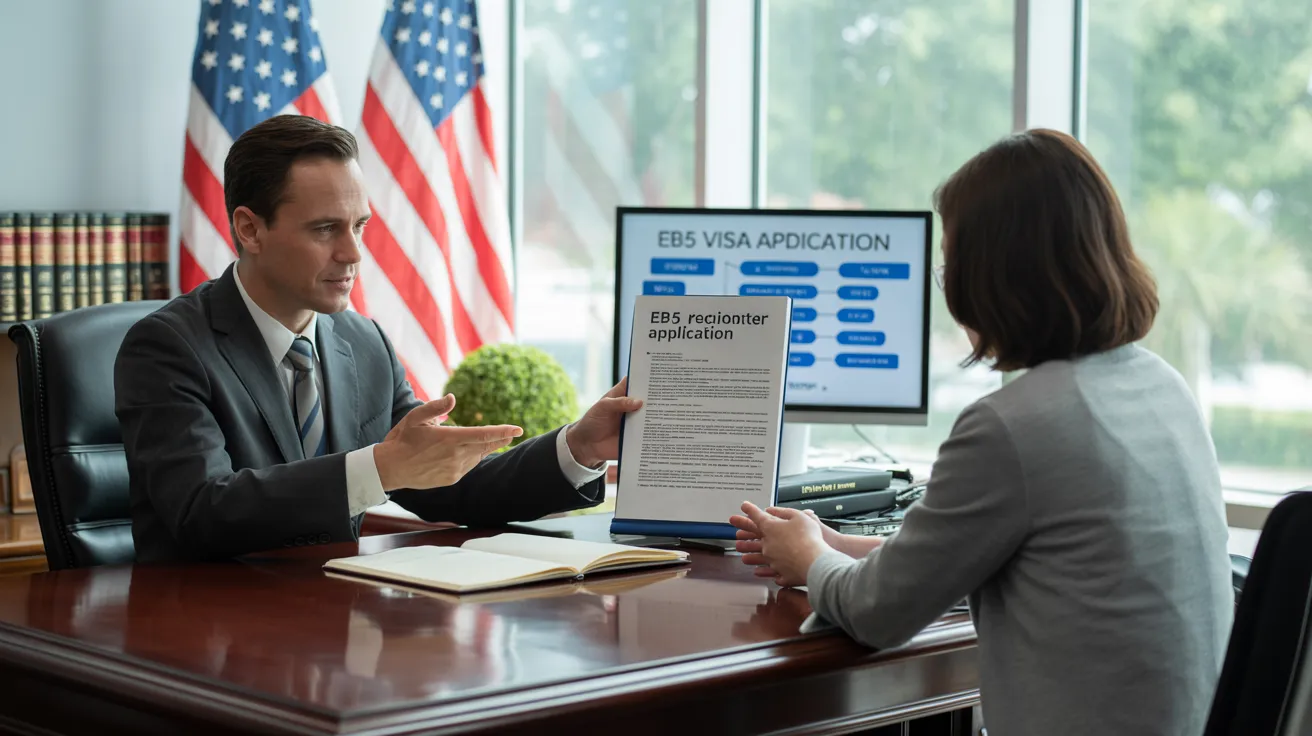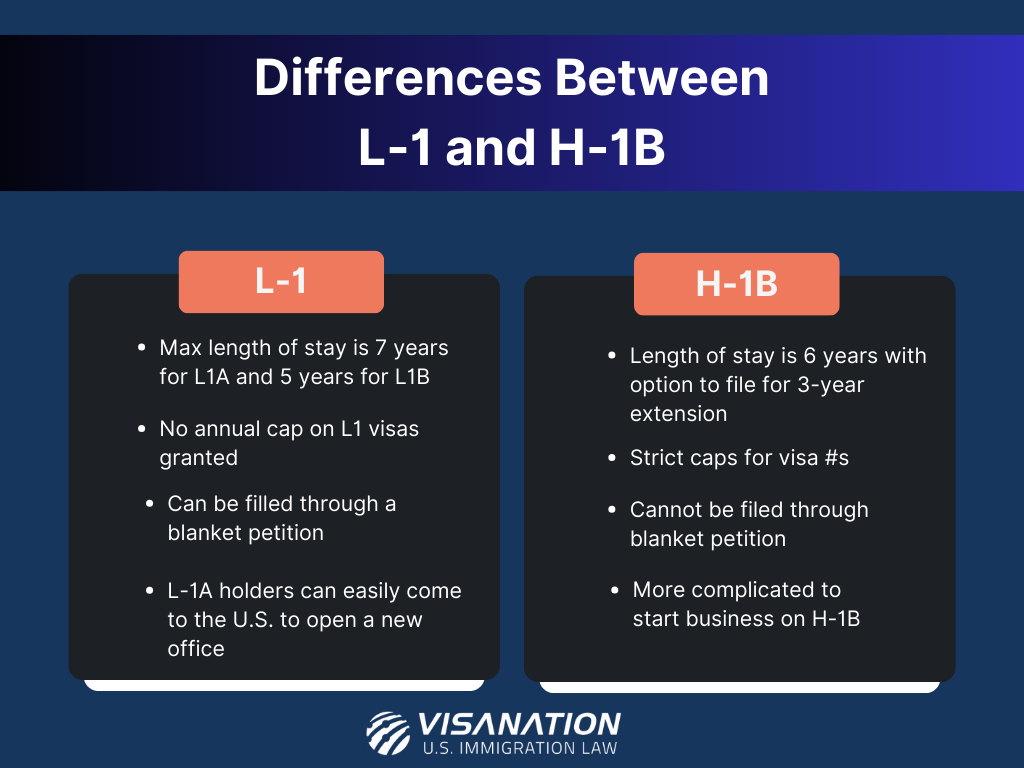Examine This Report on L1 Visa
Table of ContentsMore About L1 VisaA Biased View of L1 VisaSome Known Factual Statements About L1 Visa The smart Trick of L1 Visa That Nobody is Talking AboutExcitement About L1 VisaThe smart Trick of L1 Visa That Nobody is Discussing
Offered from ProQuest Dissertations & Theses Global; Social Science Premium Collection. (2074816399). (PDF). Congress. (PDF). DHS Office of the Examiner General. (PDF). (PDF). "Nonimmigrant Visa Stats". Recovered 2023-03-26. Department of Homeland Security Office of the Assessor General, "Review of Susceptabilities and Possible Misuses of the L-1 Visa Program," "A Mainframe-Size Visa Loophole".
United State Department of State. Fetched 2023-02-08. Tamen, Joan Fleischer (August 10, 2013).
Little Known Questions About L1 Visa.
In order to be eligible for the L-1 visa, the foreign business abroad where the Recipient was used and the U.S. company have to have a certifying partnership at the time of the transfer. The various types of certifying partnerships are: 1. Parent-Subsidiary: The Moms and dad implies a firm, company, or various other lawful entity which has subsidiaries that it owns and regulates."Subsidiary" suggests a company, corporation, or various other legal entity of which a parent possesses, directly or indirectly, more than 50% of the entity, OR owns less than 50% but has monitoring control of the entity.
Instance 1: Firm A is included in France and employs the Beneficiary. Business B is included in the U.S. and wishes to seek the Recipient. Firm A has 100% of the shares of Business B.Company A is the Parent and Company B is a subsidiary. There is a certifying connection in between the 2 companies and Firm B must be able to fund the Recipient.
Example 2: Firm A is integrated in the united state and wants to seek the Beneficiary. Firm B is included in Indonesia and utilizes the Beneficiary. Business A possesses 40% of Business B. The remaining 60% is had and controlled by Company C, which has no relation to Company A.Since Firm A and B do not have a parent-subsidiary connection, Firm A can not fund the Beneficiary for L-1.
Instance 3: Business A is included in the U.S. and intends to seek the Beneficiary. Business B is included in Indonesia and employs the Recipient. Company A possesses 40% of Company B. The continuing to be 60% is had by Company C, which has no relationship to Business A. Nevertheless, Firm A, by official arrangement, controls and full handles Firm B.Since Business A possesses less than 50% of Company B yet handles and controls the business, there is a certifying parent-subsidiary relationship and Firm A can sponsor the Beneficiary for L-1.
L1 Visa Things To Know Before You Get This
Associate: An affiliate is 1 of 2 subsidiaries thar are both had and regulated by the very same parent or individual, or owned and controlled by the exact same team of people, in essentially the same ratios. a. Example 1: Firm A is included in Ghana and uses the Beneficiary. Company B is incorporated in the U.S.
Business C, also included in Ghana, owns 100% of Firm A and 100% of Business B.Therefore, Firm A and Business B are "associates" or sister firms and a qualifying relationship exists between both companies. Firm B ought to have the L1 Visa guide ability to sponsor the Beneficiary. b. Instance 2: Company A is integrated in the united state
Business A is 60% had by Mrs. Smith, 20% owned by Mr. Doe, and 20% possessed by Ms. Brown. Firm B is integrated in Colombia and currently uses the Recipient. Business B is 65% had by Mrs. Smith, 15% had by Mr. Doe, and 20% had by Ms. Brown. Firm A and Business B are associates and have a qualifying connection in two different methods: Mrs.
The L-1 visa is an employment-based visa category developed by Congress in 1970, permitting multinational business to transfer their supervisors, execs, or crucial employees to their U.S. operations. It is generally referred to as the intracompany transferee visa. There are two primary types of L-1 visas: L-1A and L-1B. These kinds appropriate for workers hired in different learn more placements within a business.

In addition, the recipient should have operated in a managerial, exec, or specialized staff member position for one year within the three years coming before the L-1A application in the international firm. For new office applications, foreign employment has to have been in a managerial or executive capacity if the beneficiary is involving the USA to function as a manager or executive.
Not known Factual Statements About L1 Visa

If approved for a united state firm functional for more L1 Visa attorney than one year, the first L-1B visa is for approximately three years and can be expanded for an added 2 years (L1 Visa). On the other hand, if the U.S. firm is recently developed or has actually been functional for less than one year, the first L-1B visa is released for one year, with expansions offered in two-year increments
The L-1 visa is an employment-based visa classification developed by Congress in 1970, allowing international companies to move their supervisors, execs, or vital employees to their United state procedures. It is commonly referred to as the intracompany transferee visa.
L1 Visa for Dummies
Furthermore, the beneficiary has to have operated in a managerial, executive, or specialized employee placement for one year within the three years coming before the L-1A application in the foreign company. For brand-new office applications, international work needs to have remained in a supervisory or executive capacity if the beneficiary is concerning the USA to function as a supervisor or executive.
for up to seven years to manage the operations of the united state affiliate as an exec or manager. If released for an U.S. firm that has actually been functional for even more than one year, the L-1A visa is originally approved for approximately three years and can be expanded in two-year increments.
If approved for a united state business functional for greater than one year, the first L-1B visa is for up to three years and can be extended for an additional 2 years. On the other hand, if the united state business is freshly developed or has actually been functional for less than one year, the initial L-1B visa is provided for one year, with expansions offered in two-year increments.